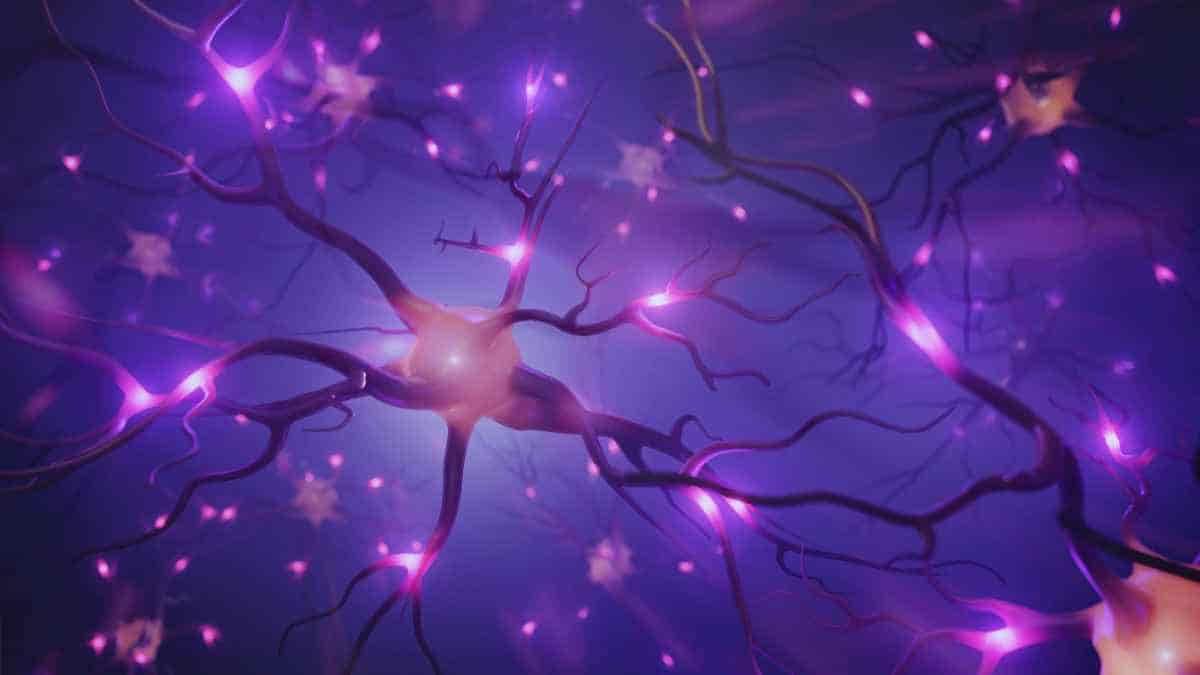For the first time, scientists have established a sensory neuron model capable of mass-producing two key sensory neuron subtypes involved in pain sensation, allowing for the easy generation of large numbers of the cells to accelerate chronic pain research.
Typically, sensory neurons must be isolated from animals for research needs. Because they represent a wide range of cell types, it is challenging to collect and isolate significant numbers of pain sensitive neurons.
“Our model replicates sensory neurons found in bundles called dorsal root ganglia next to the spinal cord. These house the majority of the sensory fibres in the whole body that are capable of detecting heat, noxious chemicals and pressure, itch and cold,”
said Flinders University’s Dr Dusan Matusica, who led the new study.
Cell Isolation Issues
Flinders University researchers discovered a way to replicate millions of cells, allowing for the simultaneous testing of thousands of samples or potential drug libraries. Dr Matusica says these neurons are involved in collating and transmitting all the signals from the body to the spinal cord, and then the brain.
“Scientists have long known that a subgroup of these neurons is critical in transmitting signals that lead to feelings of pain, and that changes in their signalling leads to the development of chronic pain,”
said Dr Matusica.
However, in addition to the difficulties in isolating sufficient quantities of neural cells, there is also the issue of cells dying during the isolation process.
Genetically Sequenced
According to Dr. Matusica, this new discovery has significant implications for researchers all over the world, with billions of cells able to be cultured in as little as a week if necessary, significantly reducing scientists’ reliance on animals in the early stages of research projects.
“Our model means that for the first time, we can easily generate pure populations of these two types of sensory cells in culture, providing the opportunity to get further insights into their function,”
Matusica explained.
The multidisciplinary research team has also genetically sequenced the two neural cells in their entirety, meaning researchers around the world can quickly and easily determine whether they are suitable for their studies.
Abstract
The embryonic rat dorsal root ganglion (DRG) neuron-derived 50B11 cell line is a promising sensory neuron model expressing markers characteristic of NGF and GDNF-dependent C-fibre nociceptors. Whether these cells have the capacity to develop into distinct nociceptive subtypes based on NGF- or GDNF-dependence has not been investigated. Here we show that by augmenting forskolin (FSK) and growth factor supplementation with NGF or GDNF, 50B11 cultures can be driven to acquire differential functional responses to common nociceptive agonists capsaicin and ATP respectively. In addition, to previous studies, we also demonstrate that a differentiated neuronal phenotype can be maintained for up to 7 days. Western blot analysis of nociceptive marker proteins further demonstrates that the 50B11 cells partially recapitulate the functional phenotypes of classical NGF-dependent (peptidergic) and GDNF-dependent (non-peptidergic) neuronal subtypes described in DRGs. Further, 50B11 cells differentiated with NGF/FSK, but not GDNF/FSK, show sensitization to acute prostaglandin E2 treatment. Finally, RNA-Seq analysis confirms that differentiation with NGF/FSK or GDNF/FSK produces two 50B11 cell subtypes with distinct transcriptome expression profiles. Gene ontology comparison of the two subtypes of differentiated 50B11 cells to rodent DRG neurons studies shows significant overlap in matching or partially matching categories. This transcriptomic analysis will aid future suitability assessment of the 50B11 cells as a high-throughput nociceptor model for a broad range of experimental applications. In conclusion, this study shows that the 50B11 cell line is capable of partially recapitulating features of two distinct types of embryonic NGF and GDNF-dependent nociceptor-like cells.
Reference:
- Dusan M, Jastrow C, Alyce MM, et al. Differentiation of the 50B11 dorsal root ganglion cells into NGF and GDNF responsive nociceptor subtypes. Molecular Pain. 2020;16. doi:10.1177/1744806920970368
Last Updated on November 18, 2023
